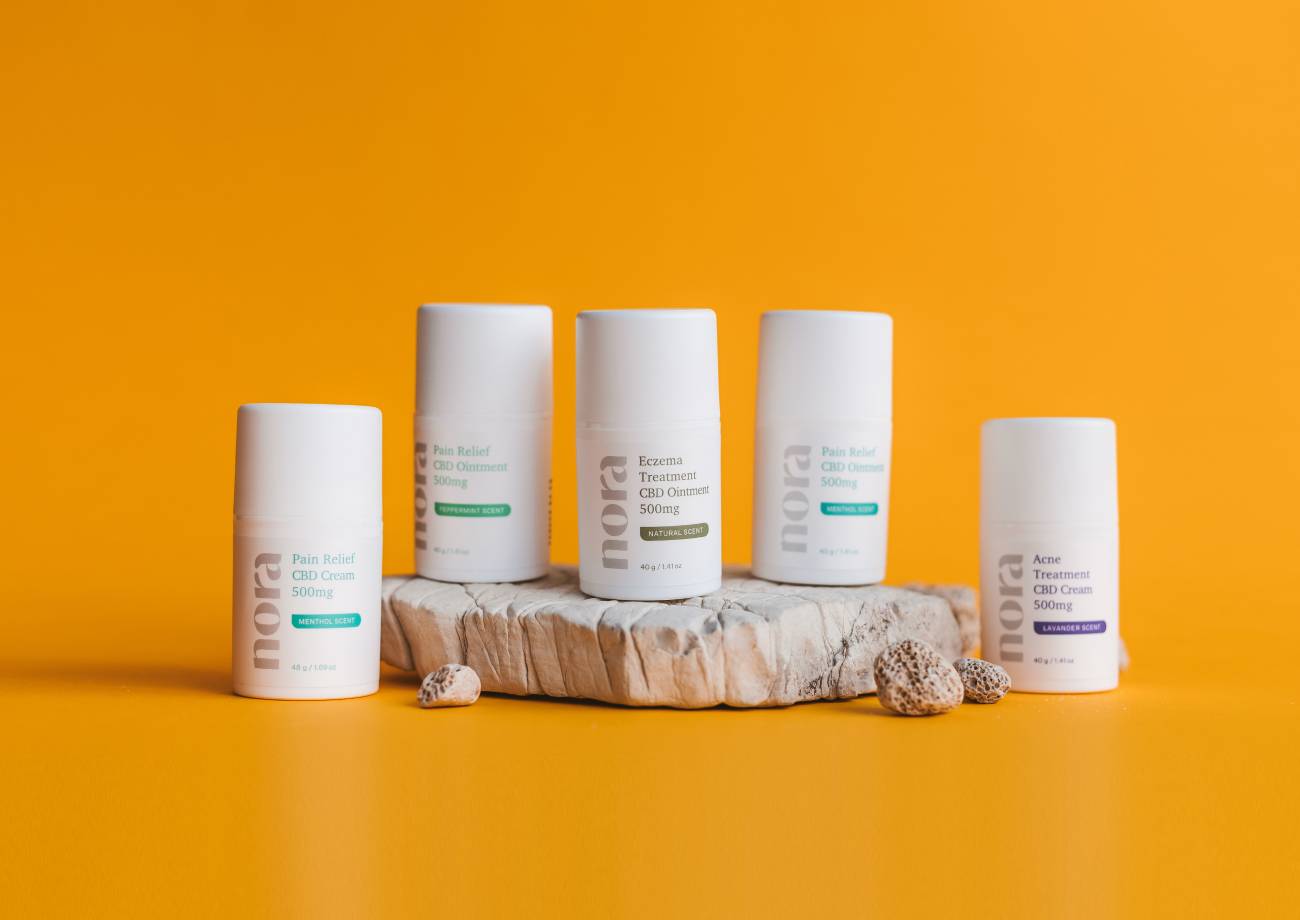What Is the Difference Between Carbon and Alkaline Batteries
Carbon-zinc (carbon) and alkaline batteries differ in chemistry, performance, and cost. Carbon batteries use a zinc anode and manganese dioxide cathode with a acidic electrolyte, offering lower capacity but affordability. Alkaline batteries employ a zinc-manganese dioxide alkaline electrolyte, providing longer lifespan, higher energy density, and better performance in high-drain devices like cameras and toys.
How Do Carbon and Alkaline Batteries Work Chemically?
Carbon batteries rely on a zinc chloride or ammonium chloride electrolyte reacting with manganese dioxide. This creates a lower voltage (1.5V) but degrades faster under load. Alkaline batteries use potassium hydroxide electrolyte, enabling sustained reactions that maintain voltage stability. The alkaline chemistry supports 3-5x more energy output, making them ideal for devices requiring steady power.
Which Lasts Longer: Carbon or Alkaline Batteries?
Alkaline batteries last 5-8x longer than carbon counterparts. A standard AA alkaline provides ~2,500 mAh versus 400-900 mAh for carbon. This gap widens in high-drain devices: alkalines maintain voltage above 1.0V for 6+ hours in digital cameras, while carbon batteries drop below usable levels within 30 minutes.
The lifespan difference becomes particularly noticeable in devices with intermittent usage patterns. For example, in TV remotes used 4 hours daily, alkaline batteries typically last 6-9 months compared to carbon’s 1-2 months. This disparity stems from alkaline’s superior depth of discharge (DoD) capability – they can safely deliver 80-90% of their rated capacity without voltage drop, whereas carbon batteries become unreliable after 50% discharge.
| Battery Type | Low-Drain Device (Clock) | Medium-Drain Device (Radio) | High-Drain Device (Camera) |
|---|---|---|---|
| Carbon | 180 days | 12 hours | 22 minutes |
| Alkaline | 540 days | 60 hours | 4.5 hours |
What Are the Cost Differences Between Carbon and Alkaline?
Carbon batteries cost 50-70% less upfront ($0.20/unit vs. $0.50 for alkaline). However, alkaline’s longevity makes them 3x cheaper per watt-hour. For example: 100 carbon AA batteries ($20) provide 40,000 mAh total, while 20 alkaline AA batteries ($10) deliver 50,000 mAh. Alkaline wins in cost-efficiency for moderate to heavy usage.
Can Carbon Batteries Leak More Than Alkaline?
Yes. Carbon batteries have a 23% higher leakage risk due to acidic electrolytes corroding zinc casings. Alkaline batteries leak in 8% of cases, typically after full discharge. A 2021 IEC study showed carbon cells leaked in 19°C-40°C environments, while alkalines remained intact up to 54°C. Proper storage below 21°C reduces risks for both types.
Are Carbon Batteries More Eco-Friendly Than Alkaline?
Neither is fully eco-friendly. Carbon batteries contain 98% recyclable materials but lack recycling programs. Alkaline batteries have 99% recyclability through specialized processors. However, 93% of both types end up in landfills. Carbon’s lower mercury content (0.0001% vs. 0.025% in old alkaline) makes marginally safer disposal, but modern alkaline meets 0.0005% mercury limits.
Recent lifecycle analyses reveal surprising nuances. While alkaline production creates 30% more CO2 per unit, their extended lifespan results in 60% lower emissions per device-year. Municipal waste programs in 12 U.S. states now accept alkaline batteries, whereas carbon batteries often require special handling due to zinc chloride content. The EPA estimates proper alkaline recycling recovers 95% of steel casing and 50% of manganese compounds for reuse in construction materials.
“The shift from carbon to alkaline reflects evolving power demands. While carbon batteries still hold 12% of the global market for ultra-low-drain applications, alkaline’s 81% market dominance stems from its adaptive chemistry. Hybrid designs now push alkaline AA capacity beyond 3,000 mAh—unthinkable with traditional carbon-zinc tech.” — Dr. Elena Torres, Electrochemical Solutions Group
- Can I mix carbon and alkaline batteries?
- No. Mixing types risks uneven discharge, leakage, and voltage drops. A 1.5V alkaline paired with depleted 1.0V carbon creates reverse charging, potentially damaging devices.
- Do carbon batteries expire faster?
- Yes. Carbon batteries lose 8-12% charge monthly versus 2-3% for alkaline. Store carbon cells at 15°C-21°C for optimal 3-5 year shelf life, compared to alkaline’s 7-10 years.
- Are lithium batteries better than both?
- Lithium batteries excel in extreme temps (-40°C to 60°C) and high-drain devices, offering 3x alkaline’s lifespan. However, they cost 4x more per unit. Ideal for professional photography gear or outdoor sensors.




